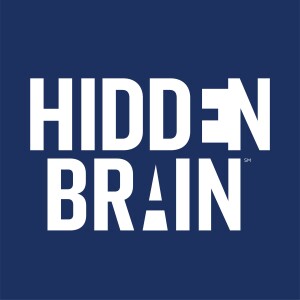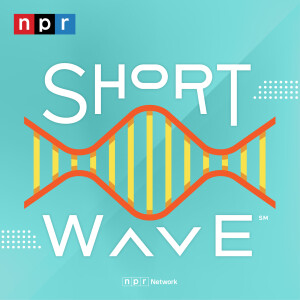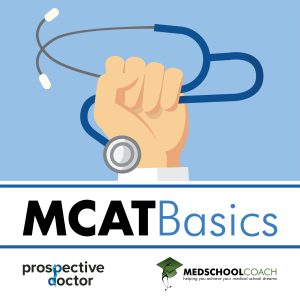

MCAT Basics (from MedSchoolCoach)
https://anchor.fm/s/100df33dc/podcast/rssEpisode List
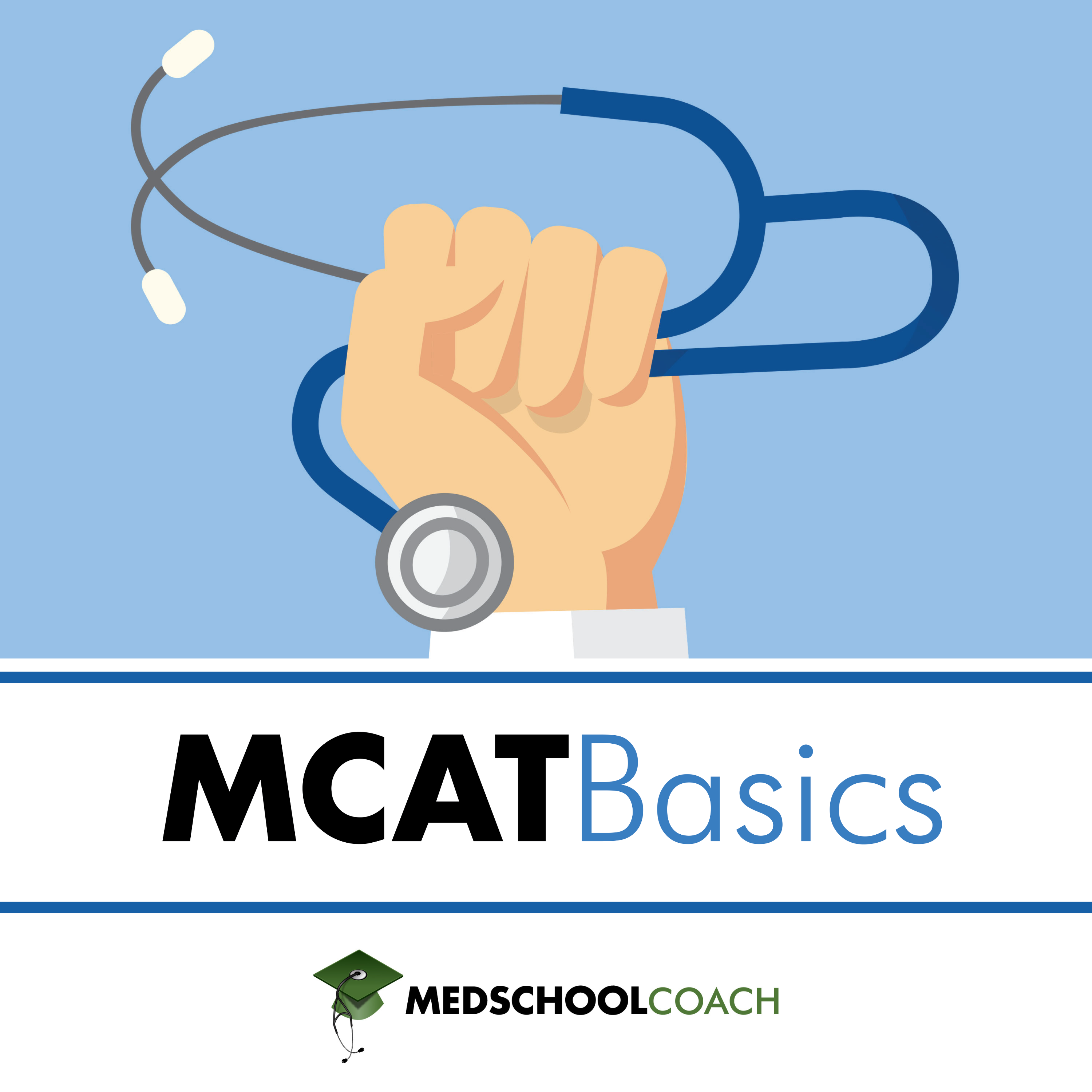
Metabolism: Glycolysis, Krebs Cycle, Electron Transport Chain
In this episode, Sam Smith covers the intricacies of metabolism, focusing on glycolysis, the Krebs cycle, and the electron transport chain. First, the podcast explores the process of glycolysis, breaking down the key enzymes, intermediates, and regulation points. Next is the citric acid cycle, examining its regulation, energy production, and the roles of specific enzymes and intermediates. Lastly, we look at the electron transport chain and discuss how electrons are transferred through the five complexes, creating a proton gradient that drives ATP synthase to produce ATP. Visit MedSchoolCoach.com for more help with the MCAT. Jump into the conversation: (00:00) Intro (03:15) Ten steps of glycolysis: Intermediate names and enzymes (08:01) Simplified glycolysis process: Breaking down key steps (12:30) Glycolysis regulation: Allosteric regulation of enzymes (21:13) Mnemonics for Krebs cycle intermediates (25:52) Regulation of the Krebs cycle: ATP, calcium, and more (30:26) Electron transport chain: Overview and key steps (34:35) ATP synthase (33:00) Reduction potentials in the electron transport chain (37:31) Synopsis of metabolism (40:34) MCAT Advice of the Day
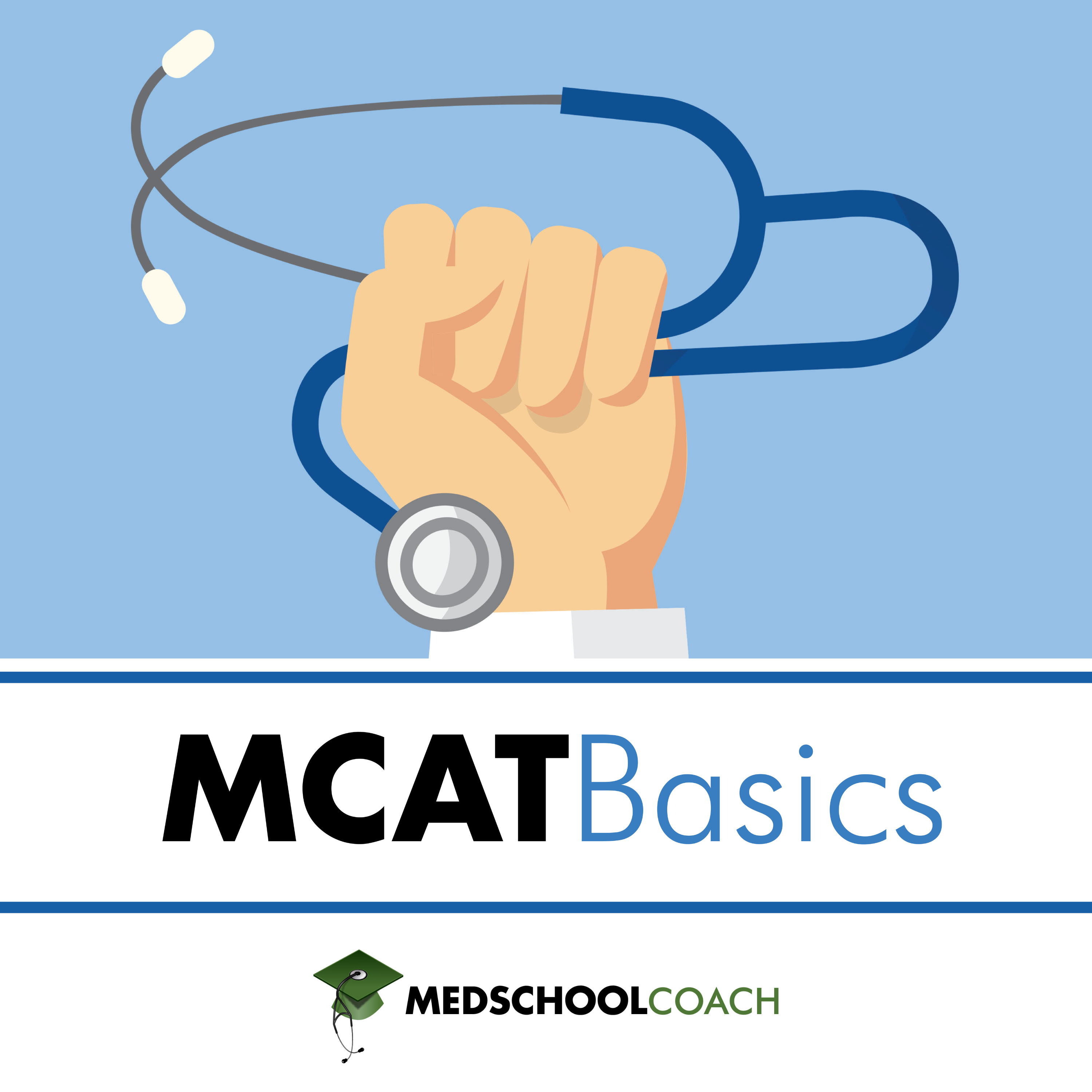
Acids and Bases
Acids and bases are foundational topics in chemistry, crucial for understanding various biological and chemical systems you'll encounter in the MCAT. In this episode, host Sam Smith discusses the selection and use of indicators in titrations to the pH at the equivalence point and the importance of buffers in maintaining physiological pH levels. You'll learn about the Henderson-Hasselbalch equation, the blood buffer system, and how to tackle common problems involving acids and bases. Plus, we'll break down strong and weak acids and the significance of their dissociation constants. This episode also shares tips on calculating pH, using ICE tables for weak acid problems, and converting between pH, pOH, and ion concentrations. Visit MedSchoolCoach.com for more help with the MCAT. Jump into the conversation: (00:00) Intro (02:16) Basic definitions of acids and bases (11:33) Calculating pH (24:55) Titrations (35:26) Buffers (41:16) Blood buffer system (45:25) MCAT advice of the day
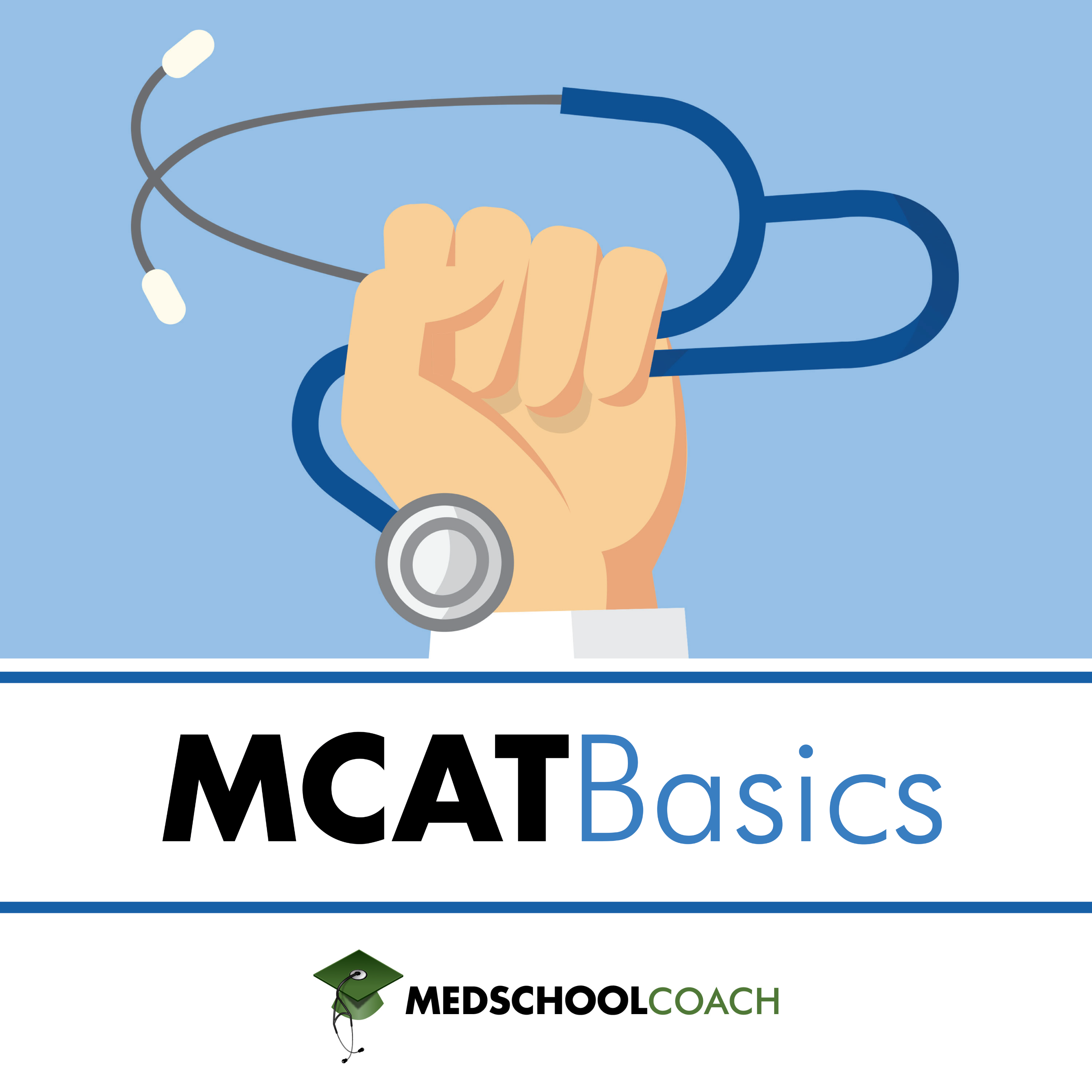
The Nervous System
A foundational topic for the MCAT is the nervous system, appearing in several exam sections and impacting everything from neurotransmission to brain structure. In this episode, Sam Smith walks us through the nervous system, covering its major components and functions. From the organization of the central and peripheral nervous systems to neurotransmitters and brain structures, Sam provides clear explanations to help you understand key topics like the autonomic nervous system's fight-or-flight response, brain imaging techniques, and more. Visit medschoolcoach.com for more help with the MCAT. Jump into the conversation: (00:00) Intro (01:03) How the central and peripheral nervous systems are organized (02:33) Autonomic and somatic systems (03:22) Sympathetic and parasympathetic branches (04:12) How the brain is structured: forebrain, midbrain, and hindbrain (11:44) How brain imaging techniques (CT, MRI, EEG, fMRI, PET) are used (14:06) How neurons are structured and how they transmit signals (16:00) How action potentials work and how ion channels play a role (20:30) How myelin sheaths speed up signals (25:00) How language processing happens in Broca's and Wernicke's areas (28:00) Neurological disorders (43:45) The structures of the limbic system (47:25) The structures of the brain related to addiction
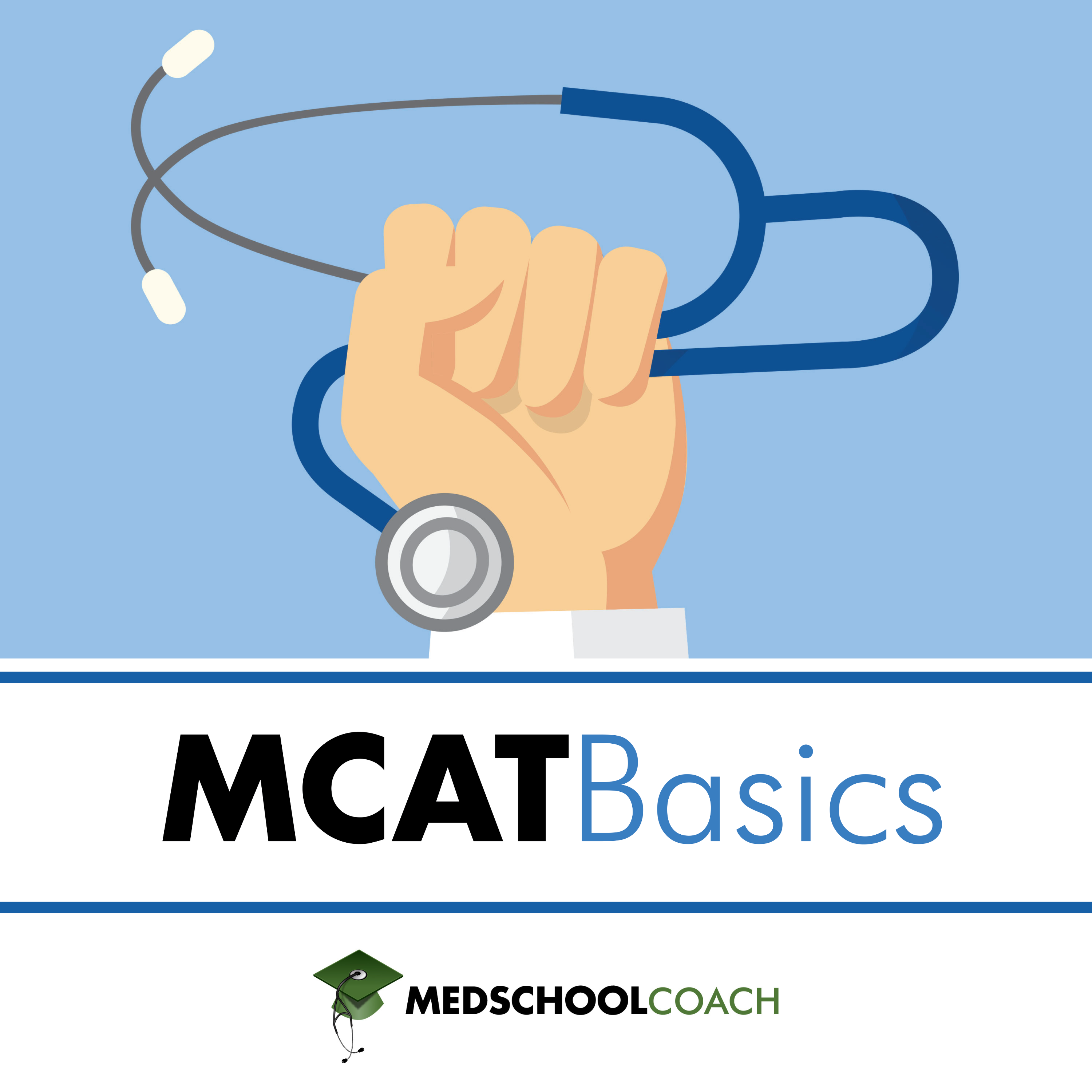
Amino Acids
Amino acids are the building blocks of life and an essential topic for the MCAT. In this episode, host Sam Smith takes us through the key concepts of amino acids, including their structures, naming conventions, and roles in protein formation. We’ll cover the differences between hydrophobic and hydrophilic amino acids, how to memorize single-letter abbreviations, and the importance of charged amino acids in physiological conditions. Additionally, Sam touches on mutations and how they can affect protein folding and enzyme function. Visit medschoolcoach.com for more help with the MCAT. Jump into the conversation: (00:00) Intro (01:47) Amino acids naming conventions and abbreviations (04:49) Hydrophobic vs. hydrophilic amino acids (05:39) Charged and uncharged amino acids (10:14) Explanation of mutation notation (11:53) Mutations affecting the substrate pocket of enzymes (13:15) Mutations impacting enzyme functionality (15:58) Role of amino acids in protein tertiary structure (17:15) Salt bridges and protein stability (20:47) Quiz
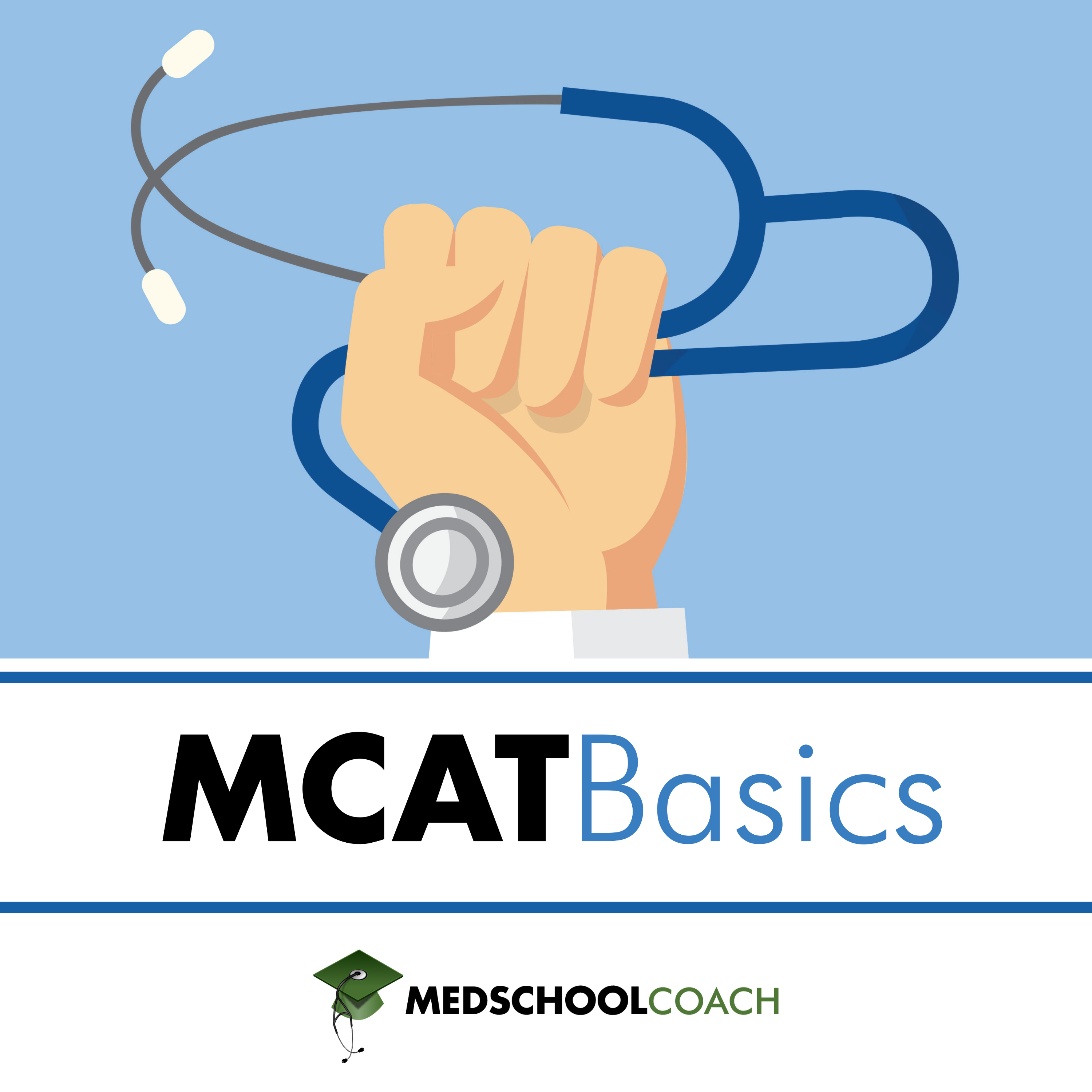
Gluconeogenesis
One of the body's key survival mechanisms is gluconeogenesis, a vital metabolic process, and the body's clever way of making glucose when supplies are low. On this episode of the MCAT Basics podcast, guest host Alex Starks walks through the process of gluconeogenesis. He explains how the body generates glucose when levels drop. Highlighting the liver's role, Alex explains how amino acids, lactate, and glycerol are converted into glucose. The episode also touches on the energy demands of the process and why muscle cells aren't involved in gluconeogenesis. Visit medschoolcoach.com for more help with the MCAT. Jump into the conversation: (00:00) Intro (02:15) Overview of glucose metabolism and glycogen storage (03:37) The liver’s role in maintaining blood glucose levels (05:11) Glucogenic amino acids and their role in glucose production (06:06) Conversion of alanine and glutamine to pyruvate (06:53) Lactate and the Cori cycle (07:34) Glycerol from triglycerides entering gluconeogenesis (08:27) The first bypass reaction: Pyruvate to oxaloacetate (09:55) The role of mitochondria and the malate-aspartate shuttle (11:00) Phosphoenolpyruvate formation and energy requirements (12:16) Steps of gluconeogenesis and ATP consumption (13:38) The second bypass reaction: Fructose 1,6-bisphosphate to fructose 6-phosphate (14:16) The third bypass reaction: Glucose 6-phosphate to glucose (15:31) Gluconeogenesis regulation and the role of glucagon (17:10) Quiz
Create Your Podcast In Minutes
- Full-featured podcast site
- Unlimited storage and bandwidth
- Comprehensive podcast stats
- Distribute to Apple Podcasts, Spotify, and more
- Make money with your podcast




